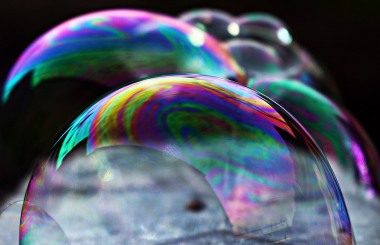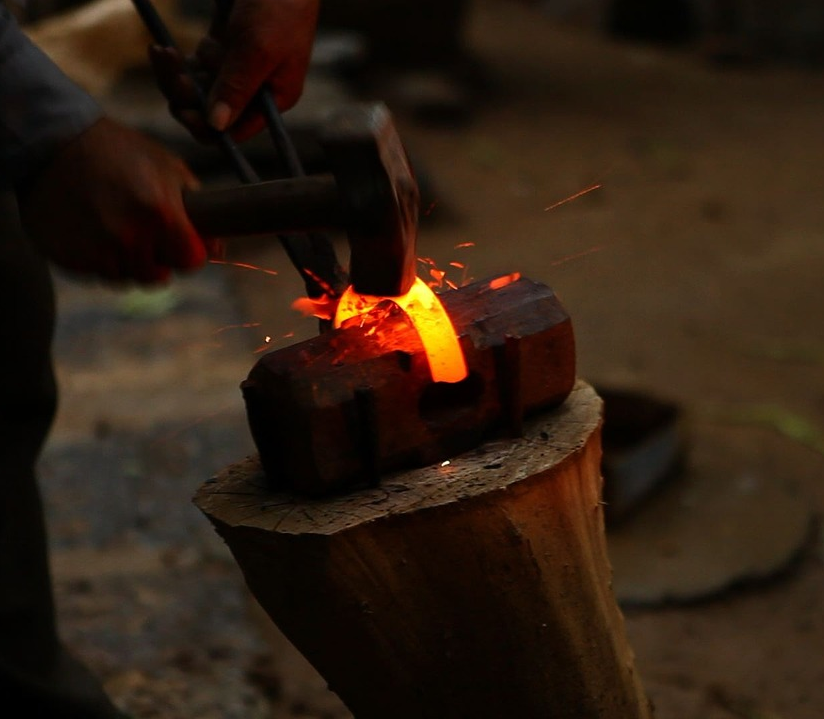
Fluorescence, phosphorescence, incandescence. Though they sound similar, yet they are different. The differences need not be intimidating. First we’ll provide a brief definition of each; afterward, an explanation. We’ll add a few other similar sounding terms as well. These include iridescence, chemiluminescence, and radioluminescence.
Fluorescence
First, let us note that every one of these terms possesses some connection to light. Fluorescence is the rapid, even immediate emission of radiation, visible or invisible, proceeding the absorption of higher frequency (higher energy, shorter wavelength) radiation such as ultraviolet light. Certain rocks and minerals as well as marine biological specimens are fluorescent emitters.
Phosphorescence

Similar to fluorescence, except the radiation takes place slowly over an extended time period. Heat and combustion are not involved. Nighttime sidewalk lights are phosphorescent objects. Star stickers on a bedroom ceiling are another example. In fact, most glow-in-the-dark objects are based on the principle of phosphorescence.
Incandescence
The emission of light from a body caused by heating it. A blacksmith heats a horseshoe and it emits red light. A high-resistance Nichrome wire toaster element glows red. A light bulb filament operates similarly. But since it is heated to a greater degree, it emits so-called white light.

Iridescence
The production of luminous colors, often resembling a rainbow, caused by multiple, differential refractions. Iridescence often is observed by viewing an object at changing angles. Examples include soap bubbles, some minerals, and the wings of certain butterflies. Layers of differing thickness of semi-transparent material produce multiple reflections of light that attenuate certain frequencies more than others. This results in a varying spectrum.
Chemiluminescence
Chemicals reacting yield products that may include light. If that is the case, the reaction is chemiluminescent whether a small amount of heat is also produced or not. Also, if the chemical reaction occurs within a living creature, the light production process may be called bioluminescence.
Radioluminescence

Radioactive elements are elements that break down over time, naturally. Their nuclei split to produce other elements. They also release energy. That energy may include alpha, beta, or gamma radiation. If such radiation energy strikes a substance with the release of light, however else that substance can be identified with one of the descriptors listed above (such as fluorescent or phosphorescent), the overall light production process is termed radioluminescence.
Fluorescence, Phosphorescence, Incandescence
Fluorescence, phosphorescence, incandescence and so on… With the single exception of iridescence, all of these phenomena involve the emission of energy in the form of light. With the exceptions of chemiluminescence (including bioluminescence) and radioluminescence, they involve also the initial absorption of energy. The absorption and emission do not involve the same sort of energy. In the cases involving the absorption of electromagnetic radiation and likewise its emission, the frequencies of the radiation given off are lower than that taken in.
Note: You might also enjoy Cesium Auride – Relativistic Electrons?

We bandy these terms about so often and generally do not know the correct meaning. Very useful, thanks.
[…] Download Image More @ https://www.quirkyscience.com […]